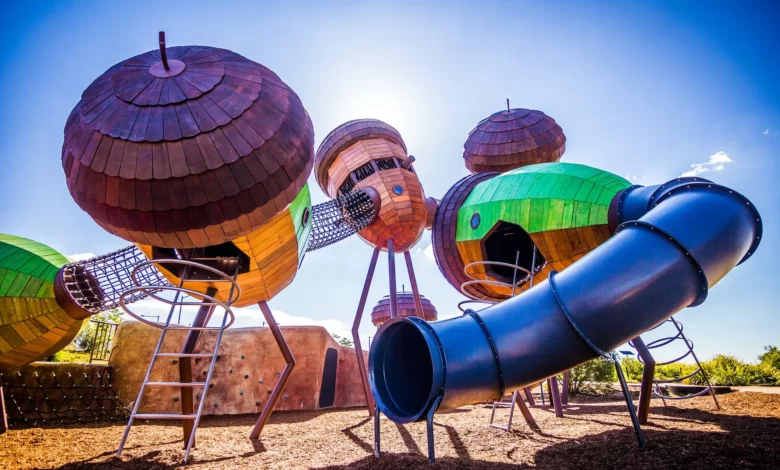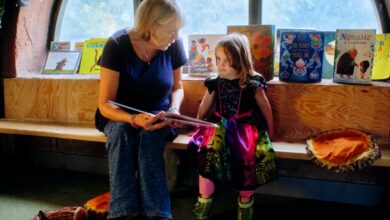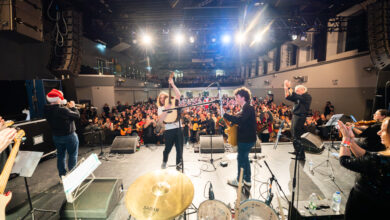
Updating Park Outdoor Play Equipment in Liverpool: A Thorough Insight
Liverpool, with its maritime legacy and cultural prominence, boasts numerous parks that serve as green lungs and recreational spaces. As the city continues to evolve, the need for contemporary and safe play equipment in these parks is more pressing than ever. This article provides an extensive overview of the imperatives, procedures, and suggestions for revamping park outdoor play equipment, specifically focusing on the distinct needs of the UK market.
1. Why Modern Play Equipment Matters
Safety Paramount: The primary concern for any public play space is safety. Older equipment, weathered by time and use, might no longer comply with UK safety standards. Renewing these structures reduces risks, ensuring that Liverpool’s parks are places of both fun and safety.
Promotion of Physical Wellness: In our technology-driven age, outdoor play is essential to counter sedentary habits. Modern equipment is meticulously designed to engage children physically, promoting overall health.
Embracing Diversity: Today’s playground equipment takes into account the diverse needs of children, including those with disabilities. This inclusivity ensures every child feels welcome and can partake in the joy of play.
2. Recognising the Signs of Ageing Equipment
Consistent Inspections: Regular maintenance checks can help identify potential hazards like rusty parts, splinters, or worn-out areas.
Feedback Loop: Establishing channels where locals can report concerns or provide feedback about the state of play equipment is invaluable.
Observing Play Patterns: Noticing which pieces of equipment are frequently used and which are consistently ignored can guide decisions on replacements and additions.
3. Environmental Benefits and Considerations
Sustainable Materials: In today’s eco-conscious society, there’s a push towards using sustainable and recycled materials for playground equipment. Such materials not only reduce environmental impact but also educate children about the importance of sustainability.
Eco-friendly Installation: When updating equipment, it’s essential to consider the environmental impact of installation processes. Employing local workers, using eco-friendly machinery, and ensuring minimal wastage can make a huge difference.
Green Spaces & Biodiversity: Modern playground designs often integrate natural elements. By preserving trees, shrubs, and natural terrains around play areas, parks can support local ecosystems and provide children with a touch of nature.
Water Conservation: Play areas can also feature innovative solutions like permeable surfaces which help in water conservation by allowing rainwater to seep through, reducing flooding and replenishing local groundwater.
Environmental Education: Updated playgrounds can incorporate interpretative signs and features that educate children about local wildlife, plants, and sustainability. This not only enhances the play experience but also fosters environmental stewardship from a young age.
4. Deliberations Before Making a Choice
Allocating Funds: A robust budget should encompass not just the initial equipment cost but also installation and long-term upkeep.
Spatial Dynamics: Measure the available space meticulously. It aids in selecting equipment that fits harmoniously without causing congestion.
Understanding the Locals: Evaluating the demographic spread of the region can aid in choosing age-appropriate equipment.
Cultural Themes: Given Liverpool’s rich history, infusing local culture into play areas, such as maritime-themed structures, could resonate well with residents.
5. The Steps to Transformation
Groundwork: Before new installations, it’s vital to clear out old structures and prep the land.
Safety First: Modern safety surfaces like rubber mulch or grass mats should be laid to cushion potential falls.
Trusted Installation: Contract certified experts to mount the equipment. Their expertise ensures durability and safety.
6. Power of Community Engagement
Open Forums: Organise public consultation sessions. It not only empowers locals in decision-making but also ensures the equipment is in line with their desires.
Nurturing Volunteers: Encouraging local volunteer groups to assist with maintenance can foster community pride and keep the park in pristine condition.
7. A Commitment to Upkeep
Routine Oversight: A structured schedule for inspecting equipment can preempt potential hazards.
Sanitation Protocols: A clean play area is both appealing and hygienic. Implement regular cleaning schedules.
Prompt Repairs: Addressing wear and tear immediately can extend the lifespan of the equipment and ensure uninterrupted enjoyment for the children.
Conclusion
Reinvigorating the play equipment in Liverpool’s parks is not merely a nod to aesthetics. It’s a commitment to the well-being, safety, and holistic development of its young citizens. By infusing contemporary designs, prioritising safety, and involving the community, Liverpool is poised to make its parks vibrant hubs of joy and activity for years to come.







